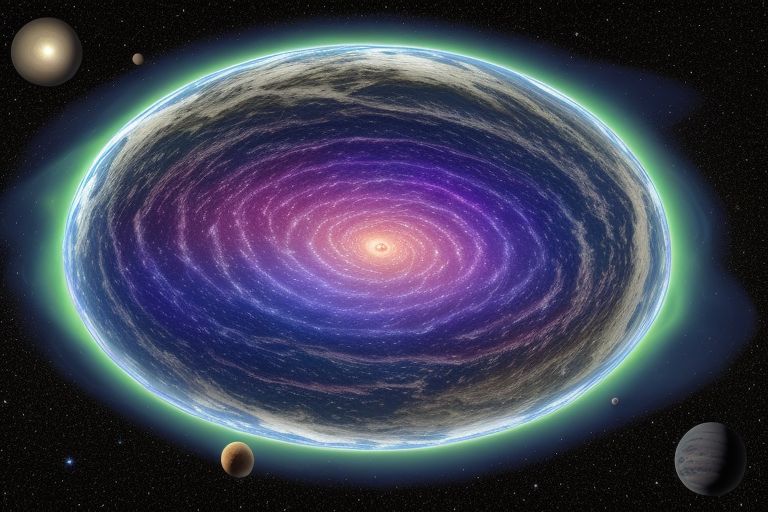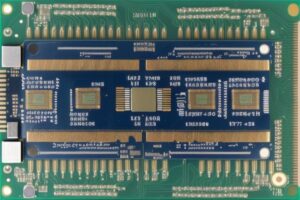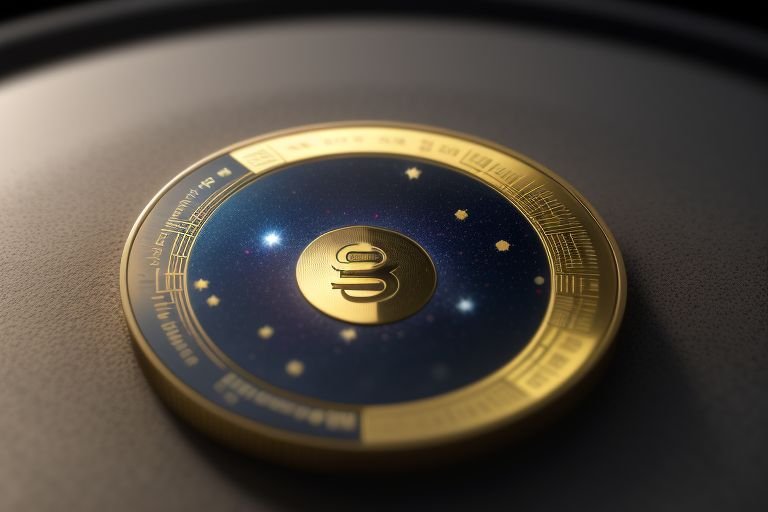In a significant leap forward in cosmology, scientists have created the largest 3D map of the universe using the Dark Energy Spectroscopic Instrument (DESI). This monumental achievement provides unprecedented insights into the enigmatic force known as dark energy, which is believed to be driving the accelerated expansion of the universe.
Understanding Dark Energy and the DESI Project
Dark energy remains one of the greatest mysteries in science. It is an invisible force that is not directly observable yet is thought to comprise about 68% of the universe. The Dark Energy Spectroscopic Instrument (DESI) is designed to explore this force by measuring the effect it has on the universe’s expansion.
DESI does this by observing millions of galaxies and quasars to create a detailed 3D map of the universe over a span of billions of light-years. This allows scientists to see how the distribution of galaxies has changed over time, shedding light on how dark energy has influenced the rate of expansion.
Capabilities and Features of DESI
The DESI is located on the Mayall 4-meter telescope at Kitt Peak National Observatory in Arizona. It boasts some of the most advanced optical instruments ever used in astrophysics, including:
- High-Resolution Spectroscopy: DESI analyzes light from up to 5,000 galaxies simultaneously, using fiber-optic cables and high-resolution spectrographs.
- Wide Coverage: It can survey more than a third of the sky, aiming to study over 35 million galaxies in its projected five-year survey period.
- Precise Measurements: The instrument’s precision allows it to measure the redshift of galaxies—indicative of how fast they are moving away from us and thus how the universe is expanding.
Implications of the New 3D Universe Map
The 3D map created by DESI has profound implications:
- Enhanced Understanding of Cosmic Expansion: By providing detailed measurements of galaxy positions and redshifts, DESI helps cosmologists better understand the rate of the universe’s expansion and how it has evolved under the influence of dark energy.
- Testing Theories of Physics: The data from DESI will test theories related to general relativity and potentially offer new insights into the fundamental laws that govern the universe.
- Guidance for Future Research: The findings from this project will help direct future cosmological research, influencing the design of next-generation telescopes and observational strategies.
Challenges and Future Prospects
Creating and utilizing a map of this scale is not without challenges. The sheer volume of data requires sophisticated software and significant computational resources to analyze. Additionally, interpreting the vast amounts of data to draw accurate conclusions about dark energy involves complex theoretical modeling.
Despite these challenges, the future of cosmic exploration looks promising. As DESI continues its survey, it will fill in more details of the map, providing even deeper insights into the nature of dark energy and the fundamental structure of the universe.
Conclusion
The largest 3D map of the universe, crafted using the Dark Energy Spectroscopic Instrument, marks a historic milestone in astronomy and cosmology. It opens up new avenues for understanding the mysterious force of dark energy and its role in the cosmic expansion. This pioneering project not only enhances our comprehension of the universe but also underscores the importance of technological advancement in unraveling the mysteries of the cosmos.





















+ There are no comments
Add yours